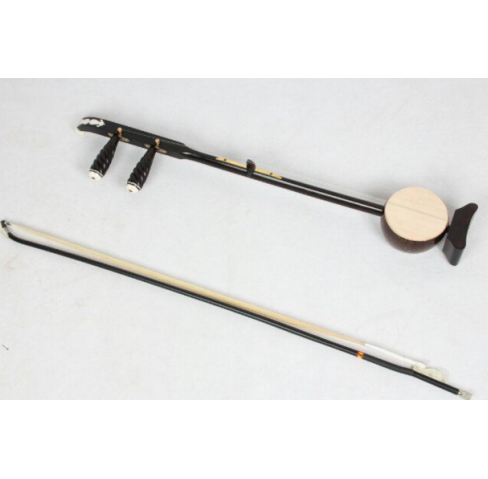Banhu's Beginner Skills
Banhu is a characteristic national musical instrument and plays a very important role in the band. The main reason is that Banhu is a high music instrument. It has a special sound and unique personality. It plays a leading role in the band.

Learning Banhu is the same as learning erhu. You must start from the most basic, starting from sitting posture, holding the piano, and holding the bow, mastering the basic fingering, bowing, and practicing various tunes. The main difference between Banhu and Erhu is that, The distance between the left fingering of Banhu is relatively small, the strings are relatively tight, there are many applications of portamento, and the bowing force is relatively strong. Beginners of Banhu should pay attention to the technique and bow movement. Generally, the middle finger is placed on the outside of the bow, and it is raised with the index finger, and the ring finger is placed on the inside of the bow. The advantage of holding the bow in this way is that it is conducive to stabilizing the bow and can move the bow quickly and flexibly. The slow bow is a very important part of the practice of bowing. The slow bow should be practiced frequently and every day. The stronger part of the root of the bow should be slower and lighter to keep the same with the weaker part of the bow tip. In the end, learning Banhu skills requires more listening and more practice. Of course, it is very necessary to find a good teacher.
Banhu Beginner Skills: Start from sitting posture, hold the piano, hold the bow, master the basic fingering, bowing, exercises of various tunes, etc. Generally, the middle finger is placed on the outside of the bow, and the index finger is raised, and the ring finger is placed on the inside of the bow. The advantage of holding the bow in this way is that it is conducive to stabilizing the bow and can move the bow quickly and flexibly. The slow bow is a very important part of the practice of bowing. The slow bow should be practiced frequently and every day.
 渝公网安备 50010702504639号
渝公网安备 50010702504639号